Unlike this time last year, when taro farmers “lost” both in terms of output and price, this year, the large taro growing area of over 200 hectares in Dong Ha, Tra Tan and Tan Ha communes in Duc Linh district is entering the peak taro harvest, with output and price both doubling. That joy is clearly shown on the faces of each grower and buyer and consumer of this agricultural product.
Joy of the season
In mid-October, we were present at the vast fields of crops in the harvest season in Tan Ha commune, Duc Linh district. After a heavy rain at night, although the road to the fields was quite difficult, in each large field there were many agricultural products gathered after harvest. Mr. Vu Van Thin, a farmer in Tan Ha commune, shared: This summer-autumn crop, his family planted 2 hectares of taro. Thanks to the favorable weather, the yield of this harvest was about 1.5 tons/sao, with an average selling price of 25,000 VND/kg, so after deducting expenses, the profit was more than 20 million VND/sao. Meanwhile, at this time last year, due to lower productivity and selling prices, people only earned half the profit, about 10 million VND/ha.
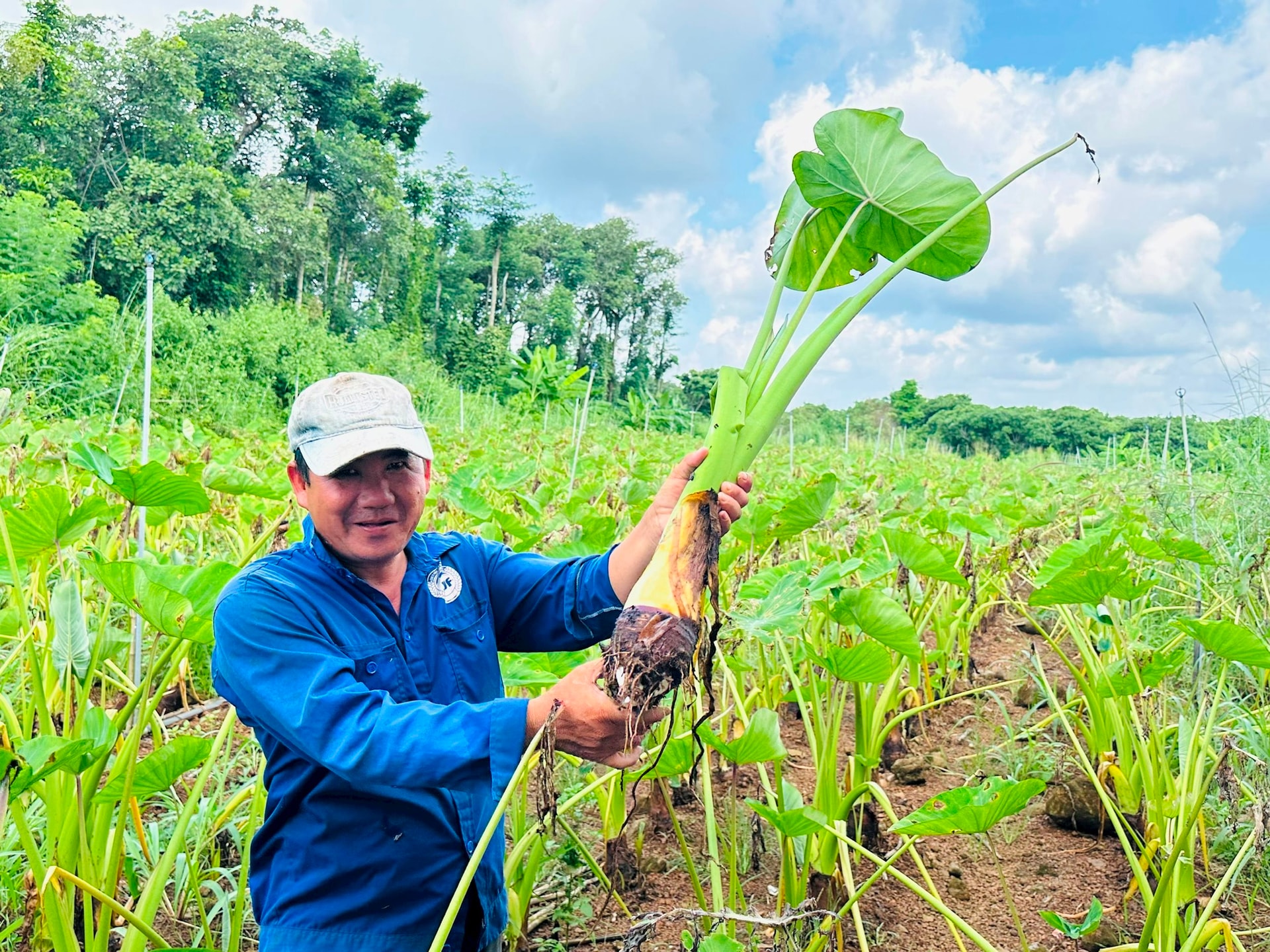
Sharing the joy of a good harvest, Mr. Phan Van Huy in the same commune shared that his family had just harvested more than 2 sao of taro with both output and price nearly doubling last year, so the people were very excited because of the high profit. People growing taro here said that with suitable local land conditions, it takes about 5-6 months from planting to harvesting taro, with an investment cost of about 15 million VND/sao. With the current yield and selling price, farmers make a good profit. Meanwhile, at this time last year, the selling price was only 10,000 - 12,000 VND/kg due to overlapping goods and market flooding, causing farmers to lose money or break even.
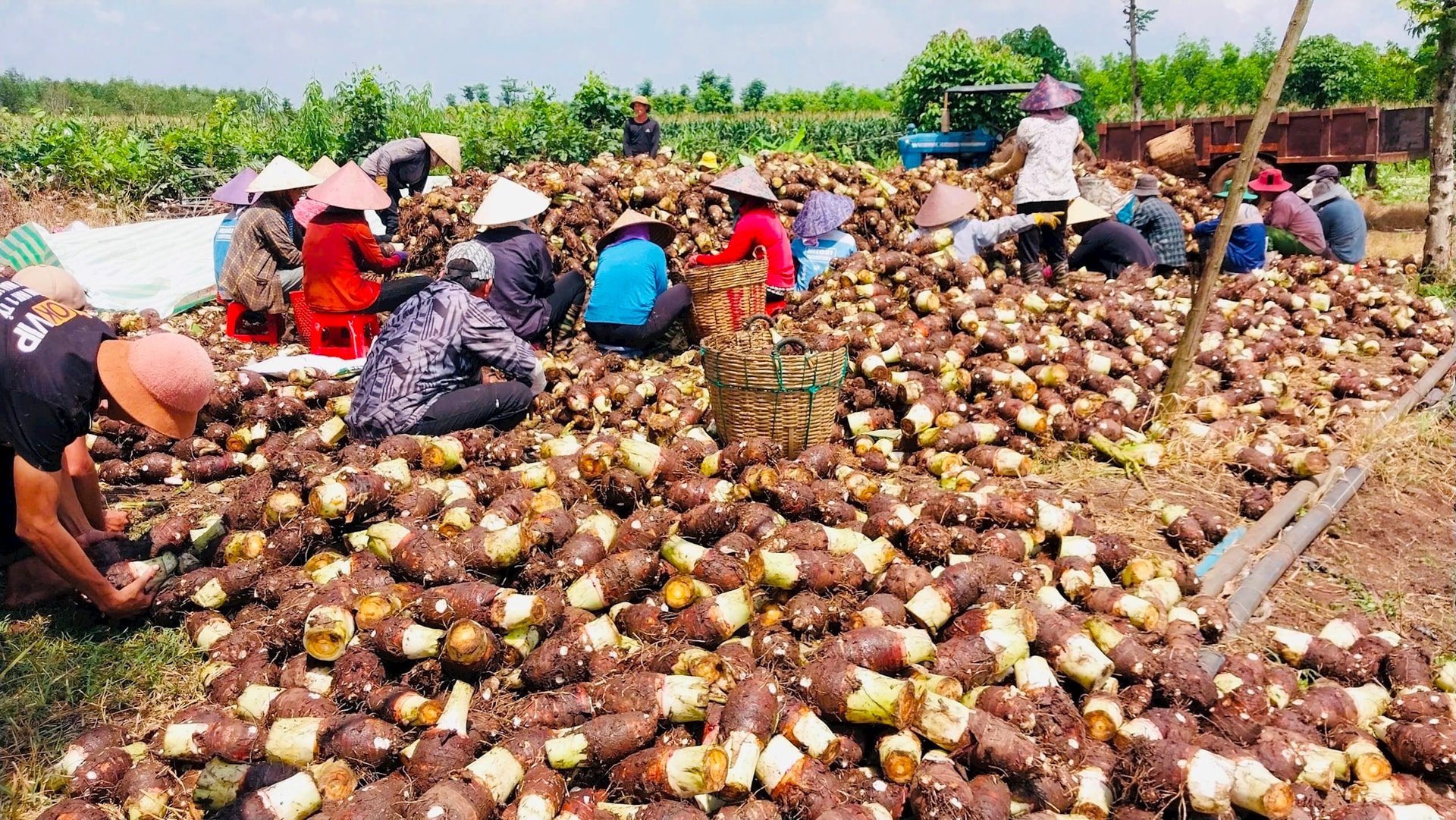
According to research, this year, in addition to weather conditions, plus farmers who are willing to invest in production, taro has achieved quite high productivity. Not only is the crop good, but farmers who grow taro also have good prices, with traders coming to the fields to buy at 24,000 - 26,000 VND/kg. According to households, people are growing 2 types of taro, of which yellow wax taro because it was only experimentally cultivated two years ago, the yield is not high and the market is not yet open. Purple taro alone accounts for 90% because farmers have been used to producing it for nearly ten years, consuming both the domestic and export markets.
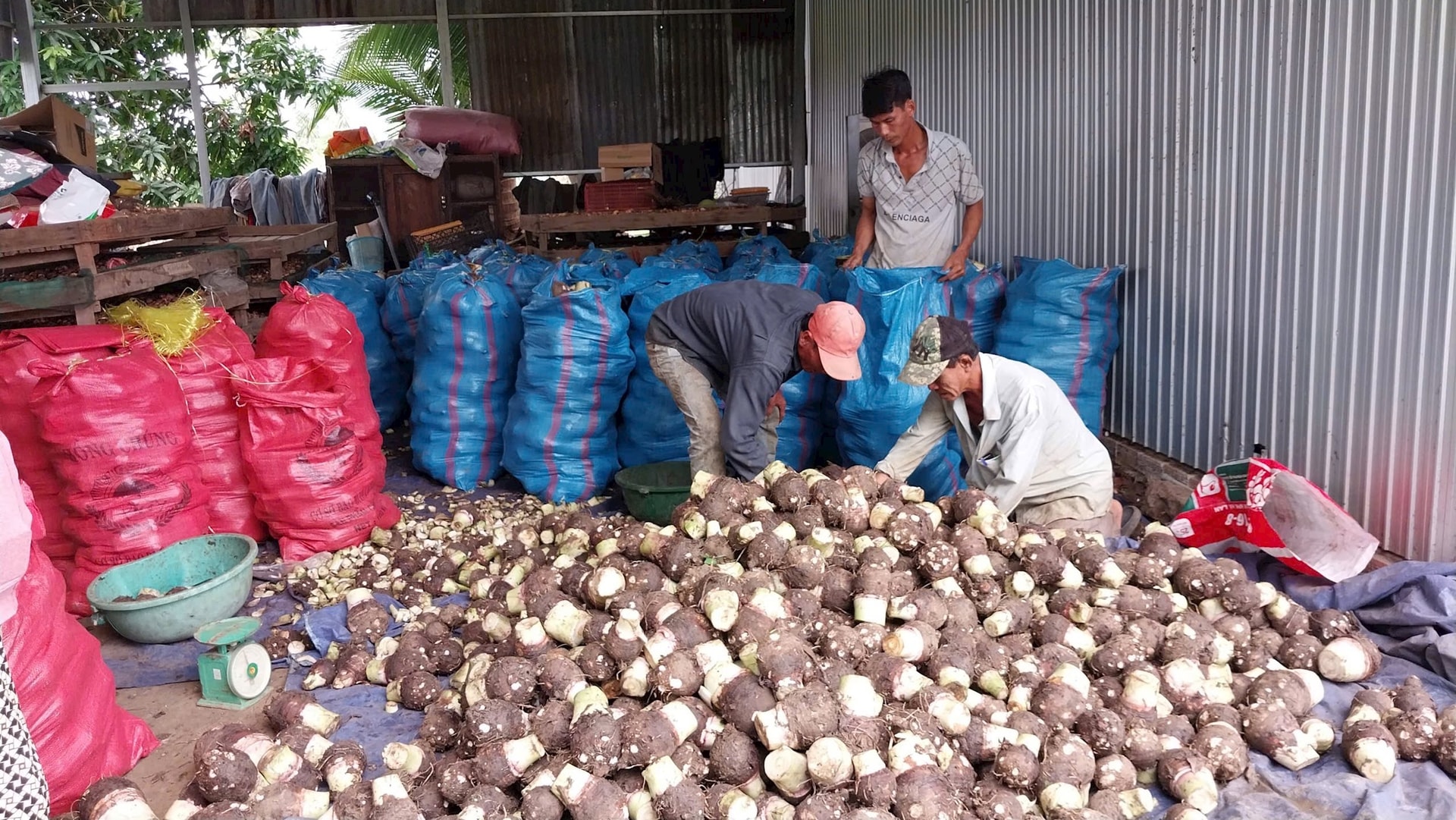
Ms. Nguyen Thi Suoi - a long-time agricultural product buyer in Dong Ha commune, Duc Linh district said: "This year, local people have had a big success in the taro harvest with the purchase output from the beginning of the season to date reaching nearly 3,000 tons. At the beginning of the season, the purchase price was up to 26,500 VND/kg, now it is at 23,000 VND/kg. From now until the end of the season, about 1,000 tons of taro in the field will be purchased in the field, classified and transported for consumption at wholesale markets in Ho Chi Minh City". Ms. Suoi added that currently, the taro market in Binh Thuan is very favorable, the quality of this agricultural product is favored by customers for fresh consumption and export processing.
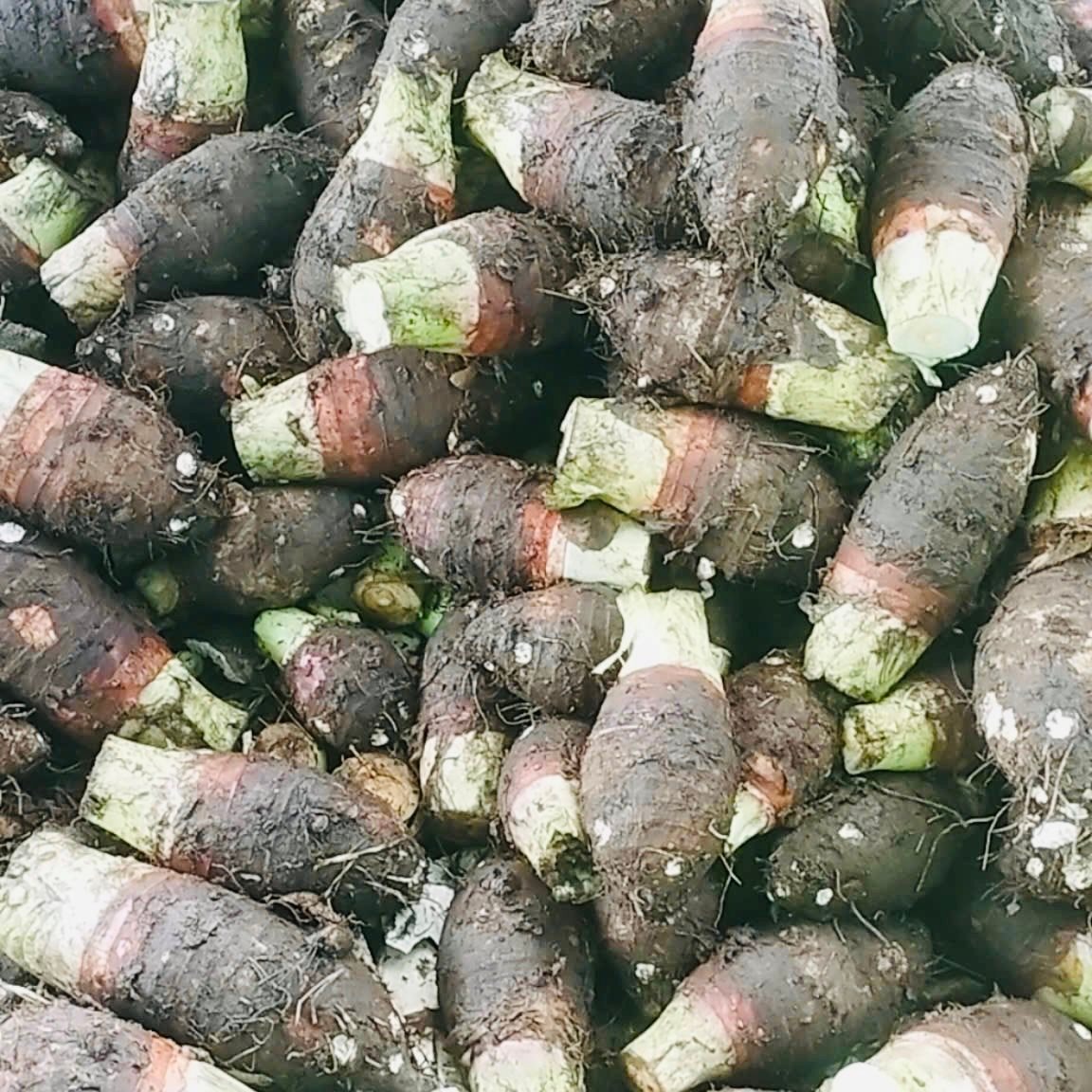
High profit
According to the assessment of Mr. Truong Quang Den - Head of the Department of Agriculture and Rural Development of Duc Linh district, from the beginning of 2024 to now, the whole district has converted about 200 hectares of wax taro on dead pepper land, fertile soil with a yield of 20-25 tons/ha, selling price ranging from 18,000 - 24,000 VND/kg, revenue of over 400 million VND/ha, profit of over 200 million VND/ha. In general, agricultural production in the area has many advantages for farmers. That is, the prices of fertilizers and agricultural materials are stable. Especially the market prices of some agricultural products such as rice, taro root price, rubber latex price, pepper price have increased, the productivity of some crops is quite good compared to the same period. Thanks to that, people have increased their income, creating favorable conditions for people to reproduce. However, besides that, agricultural production of the district has been affected by prolonged hot weather, some areas lack irrigation water, lack of domestic water. At the end of the summer-autumn crop and at the beginning of the crop season, heavy rains, accompanied by whirlwinds, have caused damage to production and affected people's lives.
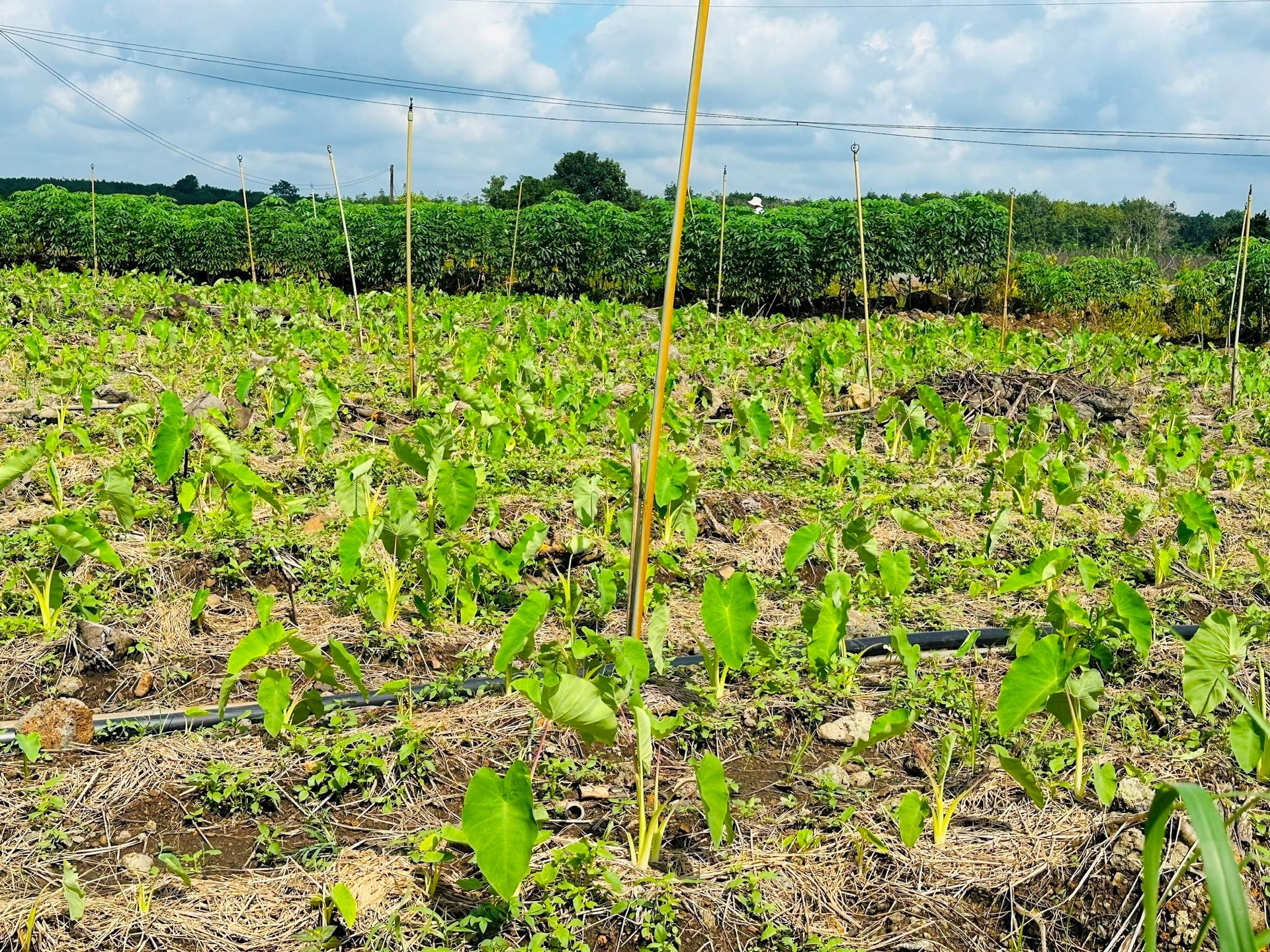
According to the Department of Agriculture and Rural Development of Duc Linh district, this is also the time to harvest taro in the summer-autumn crop. The agricultural sector of Duc Linh district and farmers in the communes in the area are focusing on sowing, caring for, monitoring, and preventing pests and diseases on crops in the 2024 crop. Thereby, people expect that in addition to converting taro crops to achieve high productivity and prices at present, other crops will have a bumper crop, good harvest, and good prices because of the "golden" season like the current taro harvest.
Source: https://baobinhthuan.com.vn/mua-vang-khoai-mon-o-duc-linh-124750.html







![[Photo] General Secretary To Lam attends the 80th Anniversary of the Cultural Sector's Traditional Day](https://vstatic.vietnam.vn/vietnam/resource/IMAGE/2025/8/23/7a88e6b58502490aa153adf8f0eec2b2)

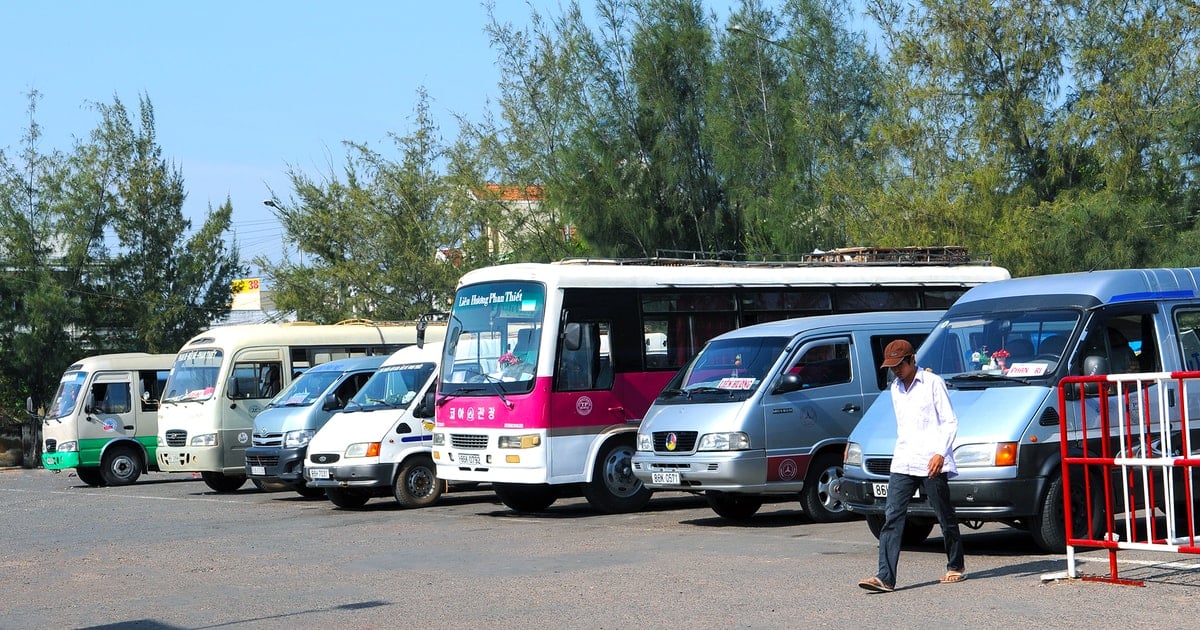


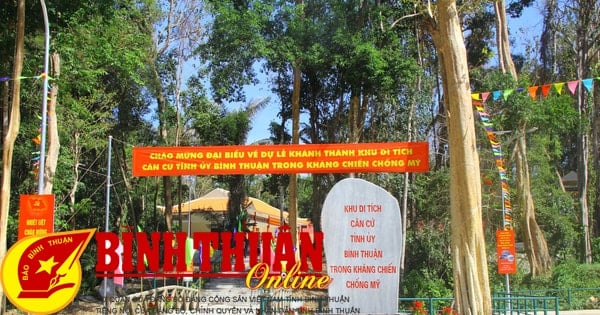


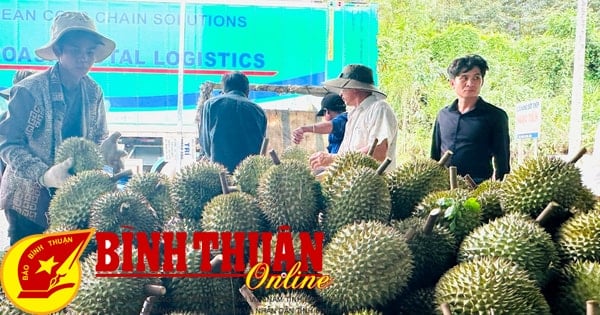
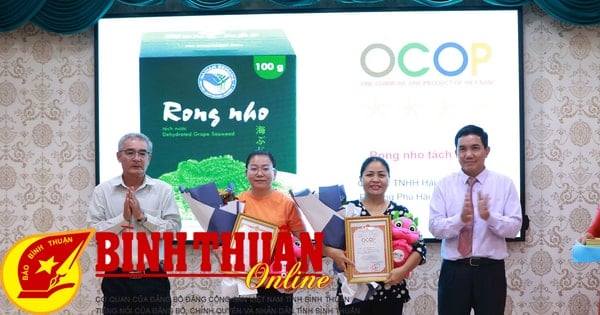










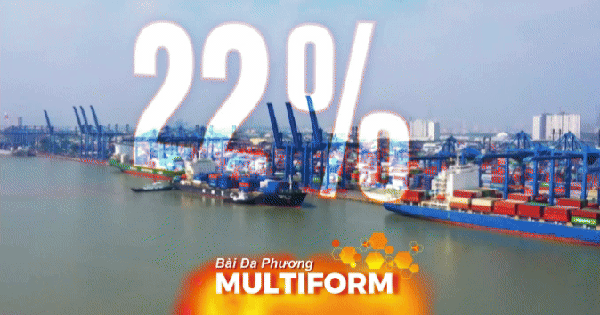

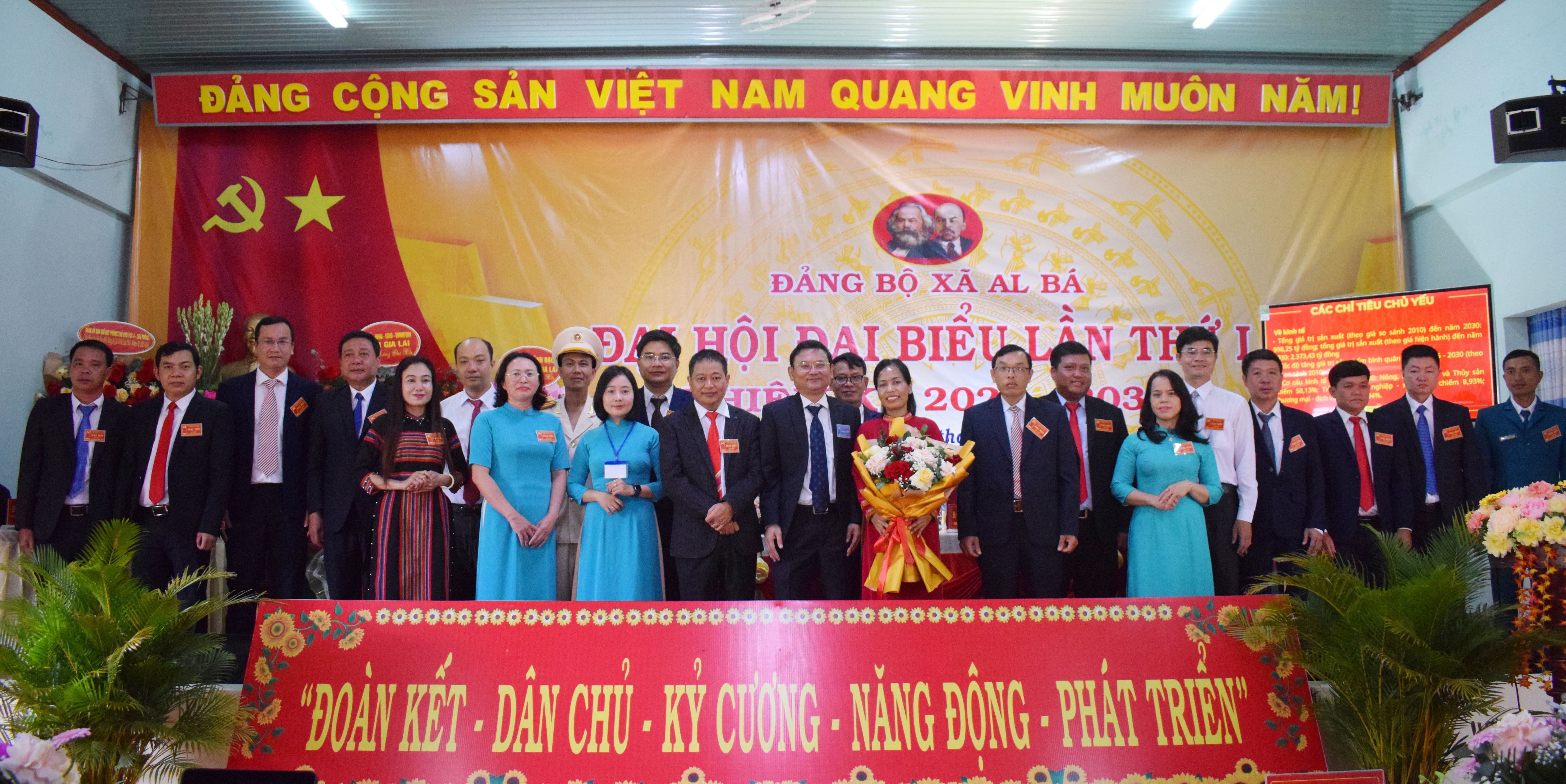
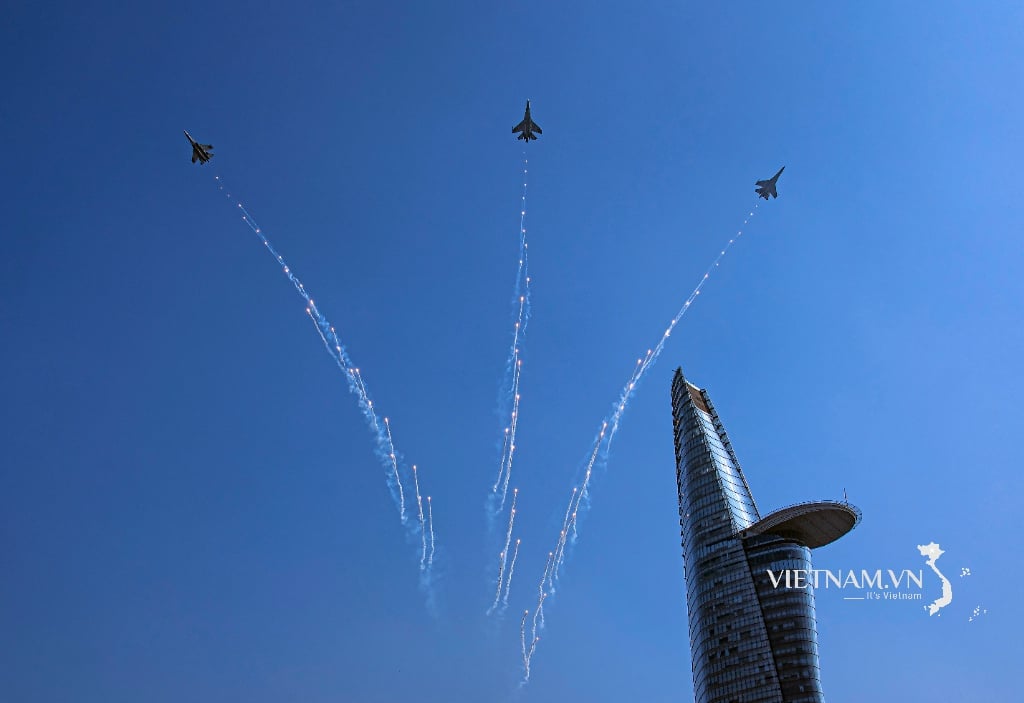
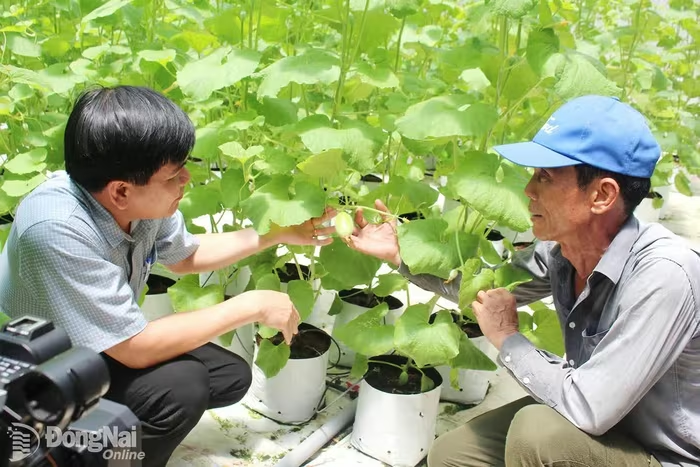












































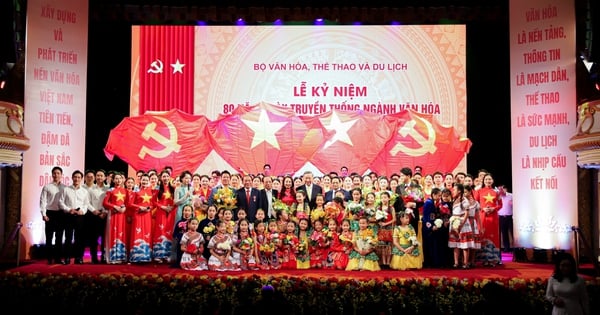


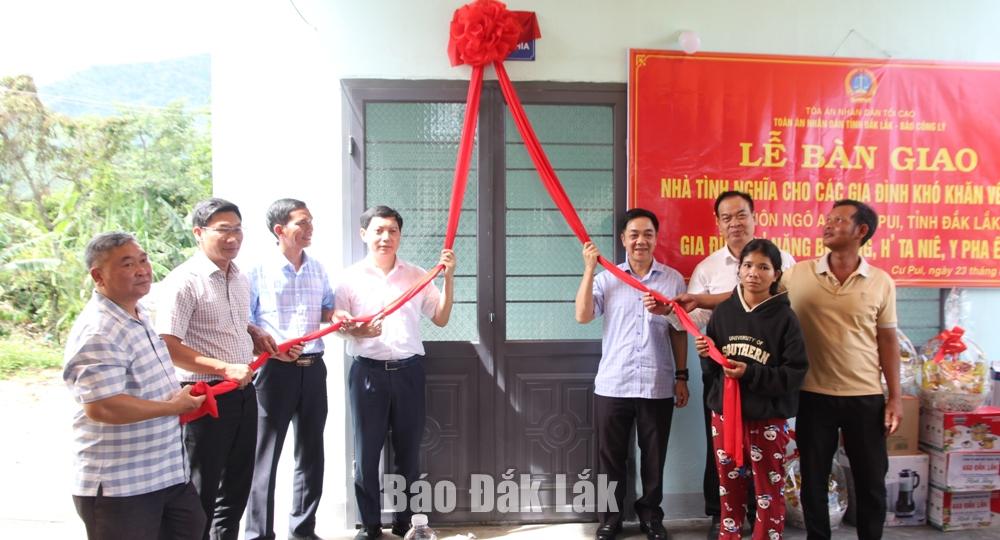

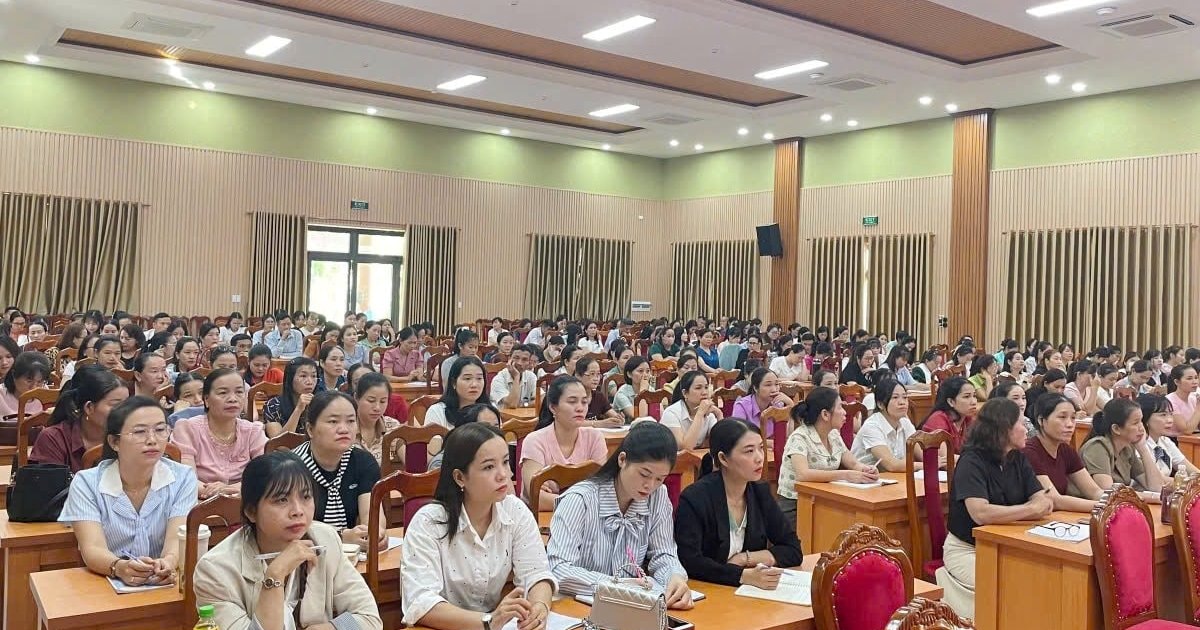
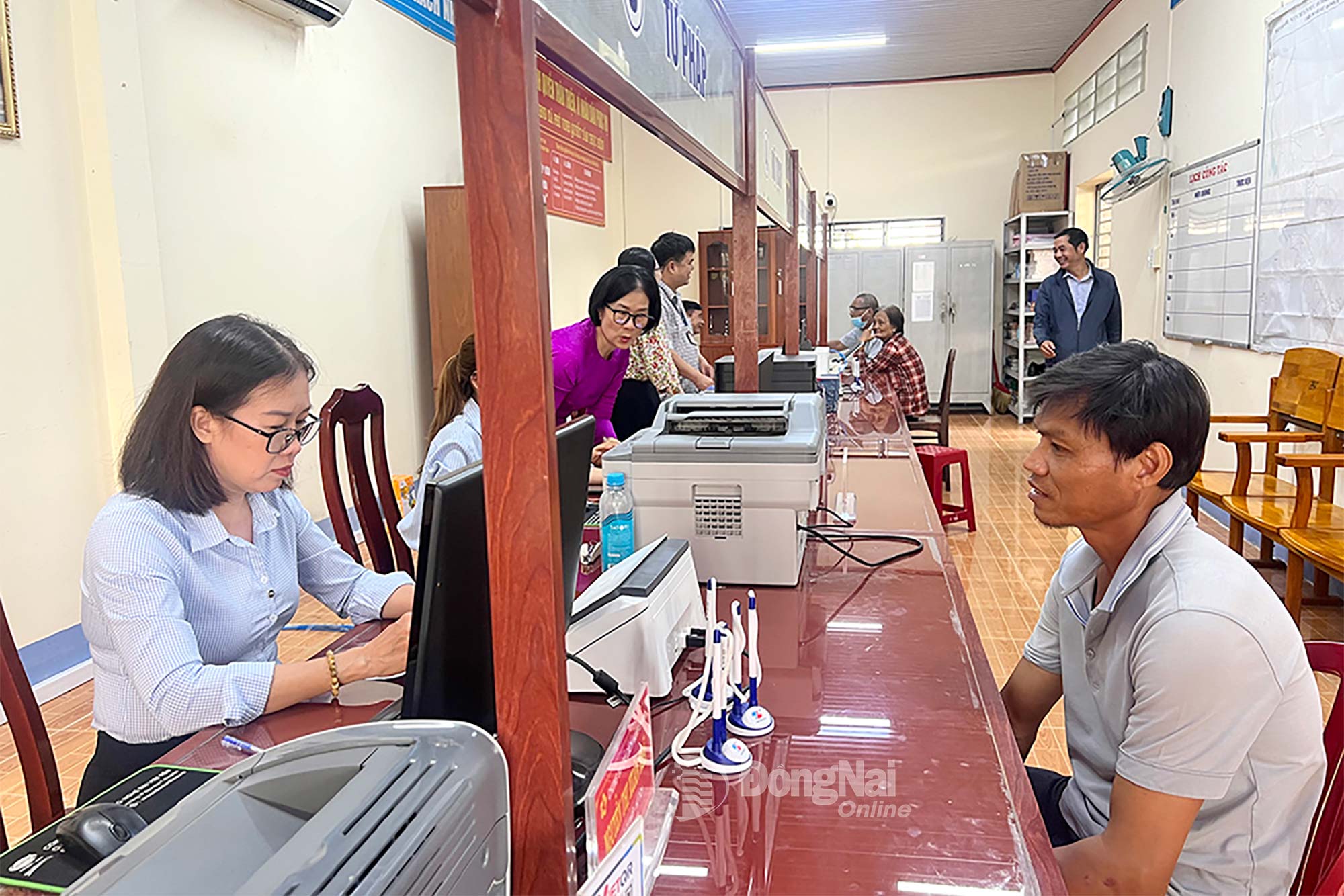

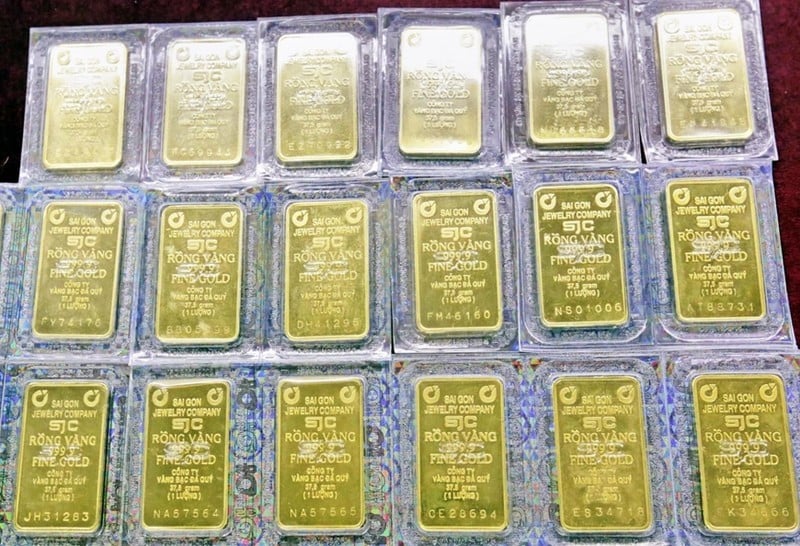
















Comment (0)